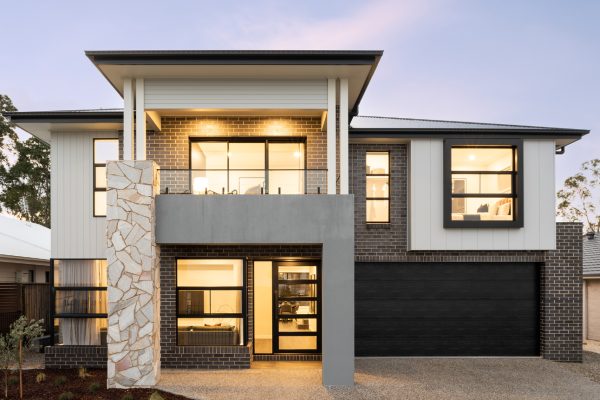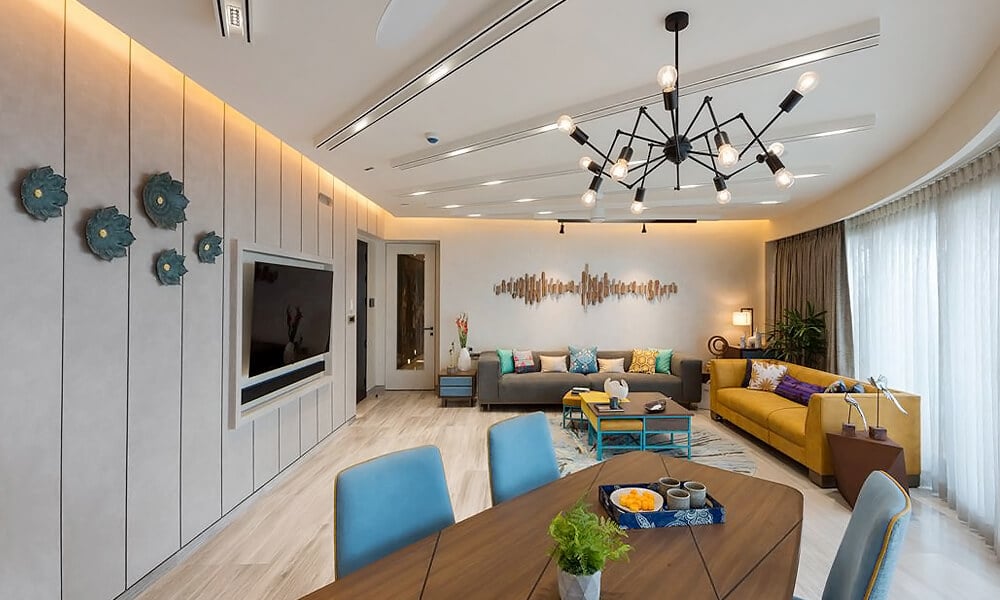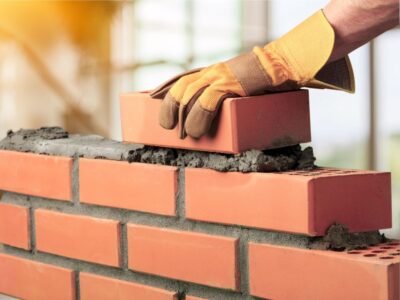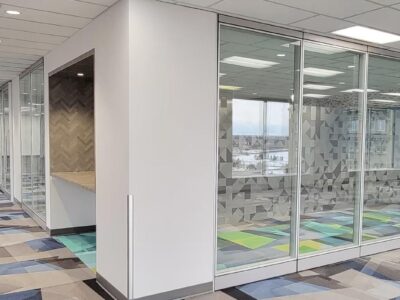As technology continues to advance, so does the way we live our lives. One of the most significant changes in recent years has been the introduction of smart homes, which use technology to automate and simplify everyday tasks. From controlling the temperature and lighting to monitoring security and managing appliances, smart homes are transforming the way we interact with our living spaces.
The Benefits of Smart Homes

- Convenience: Smart homes allow you to control a variety of functions from a single device, making it easy to manage your home without having to move from room to room.
- Energy efficiency: Smart homes can help reduce energy consumption by optimizing temperature and lighting settings based on your preferences and habits.
- Security: Smart homes offer advanced security features such as motion detectors, cameras, and remote access, giving you peace of mind when you’re away from home.
- Accessibility: Smart homes can be customized to accommodate people with disabilities or mobility issues, making it easier for them to live independently.
Transitioning to a Smart Home
Transitioning to a smart home may seem daunting, but it’s easier than you might think. Here are a few steps you can take to get started:
- Assess your needs: Determine which areas of your home could benefit from automation and make a list of the features you’d like to have.
- Choose your devices: Research the various smart home devices available and select the ones that best fit your needs and budget.
- Install and set up: Follow the manufacturer’s instructions to install and set up your devices. Most smart home devices are designed to be user-friendly and can be set up in a matter of minutes.
- Connect and control: Once your devices are set up, you can connect them to a central hub and control them using a smartphone app or voice commands.
The Future of Smart Homes
The development of smart home technology shows no signs of slowing down, and the future of domestic life is likely to be even more connected and automated. Here are a few trends to watch out for:
- Integration: Smart home devices are becoming increasingly integrated, allowing for seamless communication between different systems and devices.
- Artificial intelligence: As AI technology continues to advance, smart homes will become even more intuitive and personalized, learning your habits and preferences to optimize your living space.
- Green technology: Smart homes will play a crucial role in reducing energy consumption and promoting sustainability, with more homes incorporating renewable energy sources and smart energy management systems.
Transitioning to a smart home is an exciting way to embrace the future of domestic life. With the many benefits of smart home technology and the ease of transitioning, it’s no wonder that more and more homeowners are making the switch.












Comments